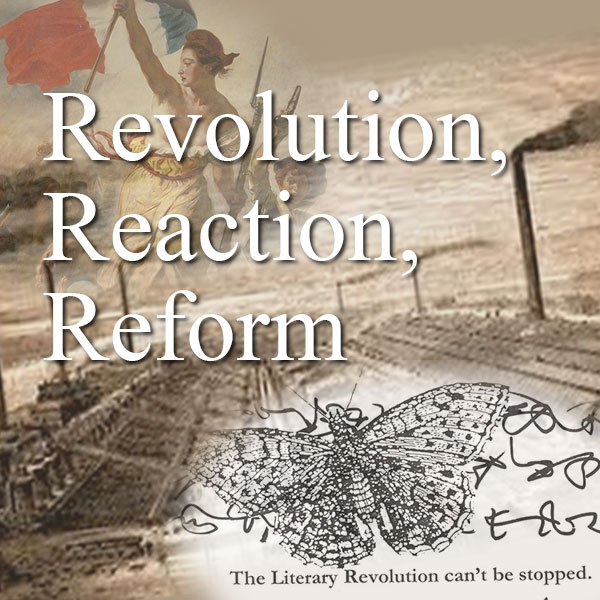Goodrich Castel is a real-life castle that William Wordsworth visited in his lifetime. One of those visits caused the inspiration of the poem "We Are Seven."The castle has stood since the 11th century and was named after an English landowner named Godric- who built the first castle. What remains today is because of William de Valence, Henry III's half-brother. Valence had the castle rebuilt in the late 13th century. Little changed the castle until 1646. That is when a two-month siege put the defenses of the castle to the test. A lot of the was castle destroyed by the siege of 1646, and what we can see today is the aftermath of the siege.
Works Cited
“History and Stories: Goodrich Castle.” English Heritage, www.english-heritage.org.uk/visit/places/goodrich-castle/history-and-sto....

 British Literature II: Revolution, Reaction, Reform examines British literature from the late eighteenth century to the present, a period that witnessed the American and French Revolutions, slave revolts such as the Haitian Revolution, a “revolution in female manners,” the Industrial Revolution, the twentieth-century revolutionary wave in Europe, as well as World War I and World War II, and, of course, artistic revolutions. We will consider how the authors and literary works of this period might be reacting to change, advocating for reform, or participating in literary revolutions—whether revolution is understood in the sense of “revolving” or of “revolting,” going full circle to return to a previous (more perfect?) time or experiencing/effecting a great alteration or rupture.
British Literature II: Revolution, Reaction, Reform examines British literature from the late eighteenth century to the present, a period that witnessed the American and French Revolutions, slave revolts such as the Haitian Revolution, a “revolution in female manners,” the Industrial Revolution, the twentieth-century revolutionary wave in Europe, as well as World War I and World War II, and, of course, artistic revolutions. We will consider how the authors and literary works of this period might be reacting to change, advocating for reform, or participating in literary revolutions—whether revolution is understood in the sense of “revolving” or of “revolting,” going full circle to return to a previous (more perfect?) time or experiencing/effecting a great alteration or rupture.